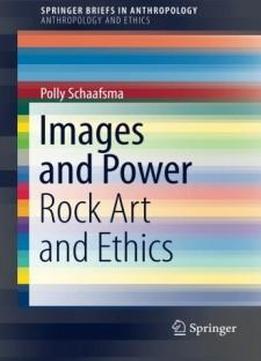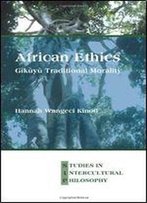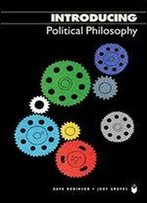
Images And Power: Rock Art And Ethics (springerbriefs In Anthropology)
by Polly Schaafsma /
2012 / English / PDF
1.8 MB Download
Ethics and Rock Art: Images and Power addresses the
distinctive ways in which ethical considerations pertain to rock
art research within the larger context of the archaeological
ethical debate. Marks on stone, with their social and religious
implications, give rise to distinctive ethical concerns within the
scholarly enterprise as different perceptions between scholars and
Native Americans are encountered in regard to worldviews, concepts
of space, time, and in the interpretation of the imagery
itself. This discourse addresses issues such as the
conflicting paradigms of oral traditions and archaeological
veracity, differing ideas about landscapes in which rock art
occurs, the intrusion of “desired knowledge”, and how the past may
be robbed by changing interpretations and values on both sides.
Case studies are presented in regard to shamanism and war-related
imagery. Also addressed are issues surrounding questions of art,
aesthetics, and appropriation of imagery by outsiders. Overall,
this discourse attempts to clarify points of contention between
Euro-American scholars and Native Americans so that we can better
recognize the origins of differences and thus promote better mutual
understanding in these endeavors.
Ethics and Rock Art: Images and Power addresses the
distinctive ways in which ethical considerations pertain to rock
art research within the larger context of the archaeological
ethical debate. Marks on stone, with their social and religious
implications, give rise to distinctive ethical concerns within the
scholarly enterprise as different perceptions between scholars and
Native Americans are encountered in regard to worldviews, concepts
of space, time, and in the interpretation of the imagery
itself. This discourse addresses issues such as the
conflicting paradigms of oral traditions and archaeological
veracity, differing ideas about landscapes in which rock art
occurs, the intrusion of “desired knowledge”, and how the past may
be robbed by changing interpretations and values on both sides.
Case studies are presented in regard to shamanism and war-related
imagery. Also addressed are issues surrounding questions of art,
aesthetics, and appropriation of imagery by outsiders. Overall,
this discourse attempts to clarify points of contention between
Euro-American scholars and Native Americans so that we can better
recognize the origins of differences and thus promote better mutual
understanding in these endeavors.











